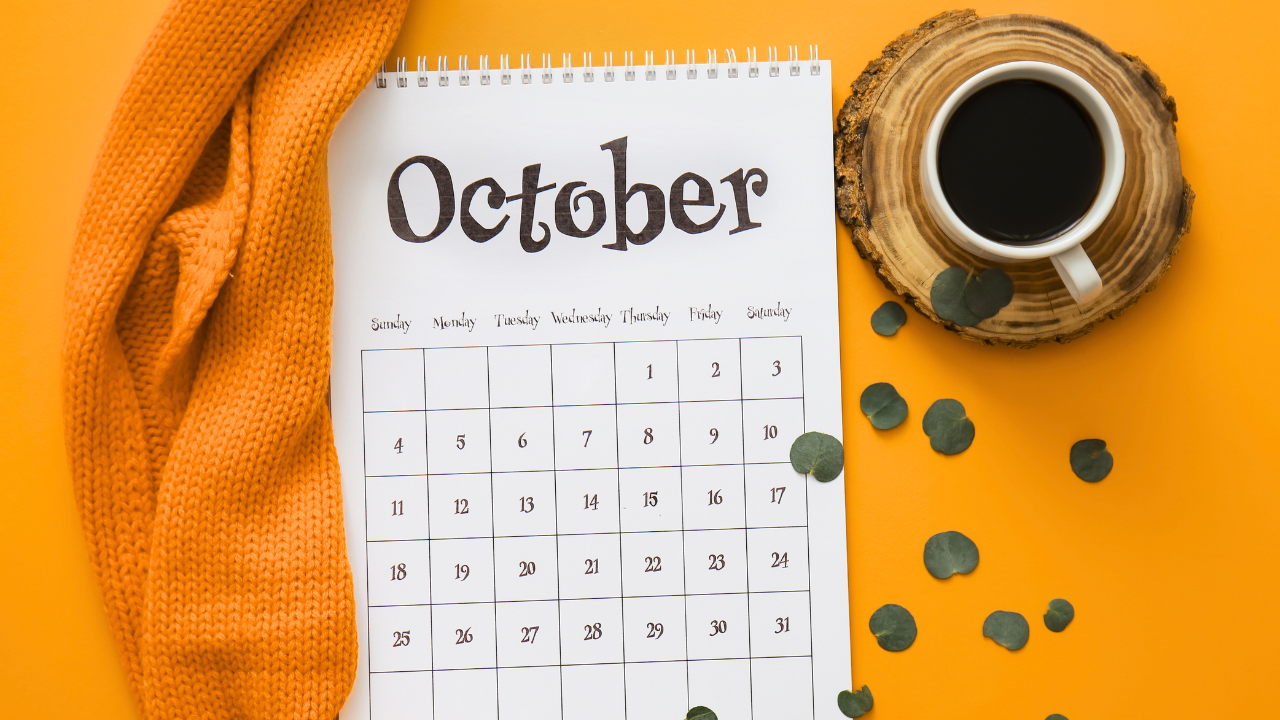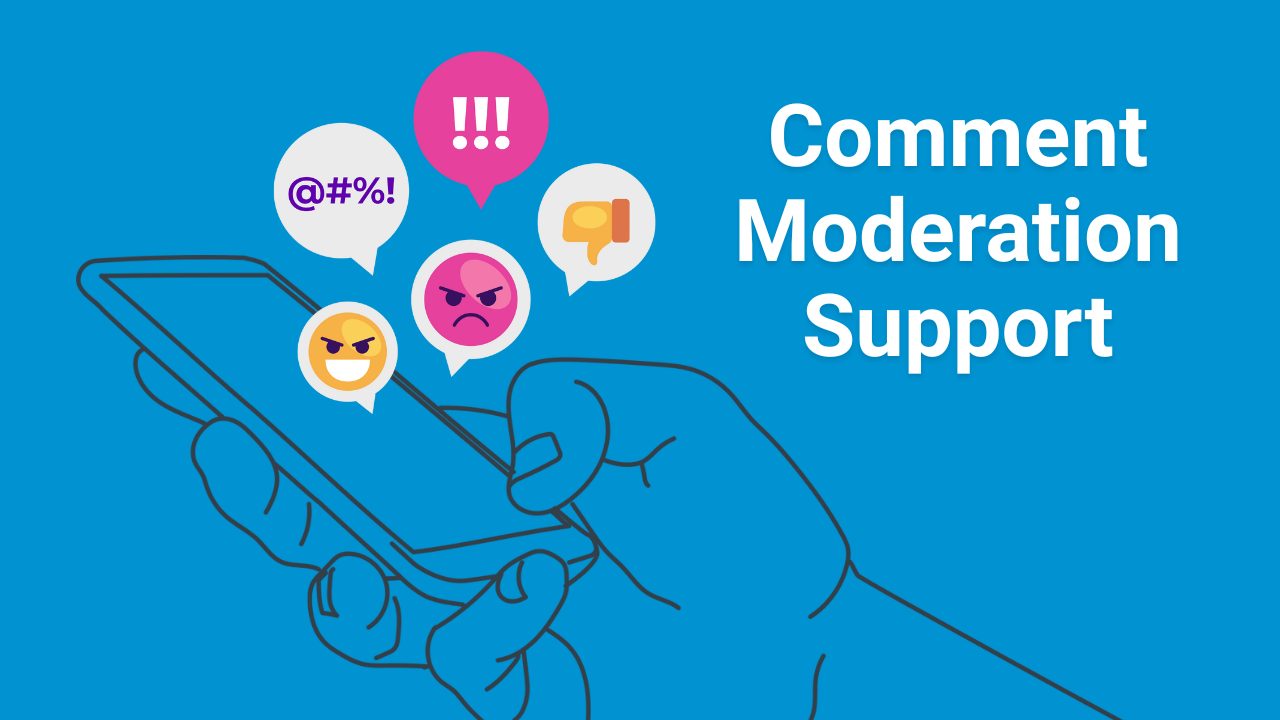
Getting staff ready (or even on camera) for social
Oct 05, 2022Contributed blog by Ariana Donley, Social Media Manager at Government Social Media
As a former broadcast journalist, I often had sources from various government agencies over the years tell me they felt as though their positive agency news did not receive the airtime they believed it deserved.
Social media can help government agencies tell their own stories — while being transparent about both successes and failures — and engage in two-way communication with the public. While social media is a powerful (and mostly free) tool to accomplish this, earning trust and buy-in from other staff to contribute can be challenging at times.
Here are some quick tips to get started!
How other staff can help
- Serve as subject matter experts
- Submit candid photos/videos from events or spontaneous moments
- Provide valuable intel and supporting visuals during an emergency/crisis
- Inspire ways to diversify content (ex. breaking down highlights of a PSA or press release, into a short form video, photo carousel, thread, etc. for various platforms)
- Amplify content the agency already posts (via shares, comments, reactions, etc.)
Benefits of involving other staff (not just for you, but for them, too!)
If you’re new to working as a government social media communicator, it can be easy to get bogged down and burned out under the pressure of constantly turning out content for social. Lifting that burden off yourself and including others in the process can help your agency in a variety of ways. Sometimes, though, you may have to spell it out for them and explain that their input can help your agency accomplish the following:
- Speak directly with their audience (and build a relationship that could eventually help aid staff missions in office and in the field).
- Tell the unfiltered version of your agency’s story, free from alterations.
- Be timely! Rather than depending only on traditional ways of sharing special moments with the public, having the ability to share them on social the same day (or as they’re happening) can have a major impact on growing your agency’s connection with the public. This can also help your agency share more authentic moments publicly, which social media users tend to respond better to.
- Boost positive interactions and address issues in real time. Pulling in subject matter experts to answer community questions or educate community members about common problems can help your staff perform their day-to-day duties and show the public you’re listening and can elevate your agency’s customer service approach.
While involving other staff in the social media process can help build your agency’s social media presence, it’s important for you as a socialgov with a thorough knowledge of social media to maintain full creative and quality control over the final product.
Say cheese! Getting staff camera-ready…
Being on camera can be downright frightening. Trust me, I get it! I used to dread live shots when I first started out in TV news and it took time to get used to it. If you also have a public speaking background, it’s easy to fall into a rhythm of being the go-to face on social media for your agency.
Here are some quick tips to get other staff comfortable in front of the camera.
- Offer to help prepare talking points
- Some people prefer bullet points, and others prefer writing everything out exactly as they plan to say it. Typically, I recommend whatever makes them feel most comfortable.
- Give questions ahead of time.
- Free and low-cost teleprompter apps can also help!
- Remind them to speak as though they’re talking to a friend and water down confusing jargon as much as possible.
- Small talk can work wonders in getting someone comfortable to be on camera. As you’re setting up equipment, take some time to talk to them about their day or explain what you’re doing. Starting a conversation can help calm their nerves and help the conversation flow better once you hit record.
- Camera angles can influence how a viewer experiences your content. For a staff member who isn’t used to being on camera or who may be reluctant, looking directly into the camera can be especially intimidating. Even in the world of TV news, interview subjects are instructed to look off camera.
- For interview or documentary style videos, direct your subject’s gaze and responses to you (or another staff member) positioned to the side of the camera. Make sure the person they’re looking at is on level with the lens (for example, if the interview subject is standing, the person they’re looking at should also be standing). This will help your subject feel more natural and like they’re having a conversation rather than feeling like they’re under a microscope.
- Pro tip: Get some cutaway shots! You’ll be glad you did once you start editing. Not only do cutaways help make your content more visually pleasing, they can also help you cover up any parts of your interview that may need to be chopped up (for example, if you need to cut out awkward pauses, repetitive use of the word “um,” etc.).
- Pro pro tip: During the interview, some good cutaway shots can include a close up of your subjects hands and their badge/name tag and a two-shot of the interviewer and interviewee. Wide, medium and tight shots of people and objects can also provide you with cutaway options that are quick and easy to get.
- For PSAs or emergency communications, looking directly into the camera can help add urgency and intensity to a video or livestream. In this case, scheduling time to practice could be helpful.
- For interview or documentary style videos, direct your subject’s gaze and responses to you (or another staff member) positioned to the side of the camera. Make sure the person they’re looking at is on level with the lens (for example, if the interview subject is standing, the person they’re looking at should also be standing). This will help your subject feel more natural and like they’re having a conversation rather than feeling like they’re under a microscope.
- Is the video being pre-recorded? If so, remind your subject of that! Allow them time to collect themselves and start again, if needed. Assure them that any long pauses or re-takes will be removed in the editing process.
- Where is your subject’s natural habitat? If possible, conduct your interview there. They’ll likely be more comfortable in their usual workplace and this will also help you get more cutaway and action shots to add to your video. For example, if you’re conducting an interview with a 911 dispatcher, see if you can get permission to film in the call center.
Securing buy-in from other staff
The above tips can help you get colleagues excited about investing in your agency’s social media presence, but additional ideas are always helpful. Members of the Government Social Media network can access the following recaps of previous GSMChats for extra inspiration:
- Top Ways to Inspire Co-workers to Submit Great Content for Social
- Amplify Your Content by Enlisting Help from Staff & Community
The Government Social Media Community group on Facebook is another great place to bounce ideas off others. Additionally, the GSM professional association will give you access to exclusive webinars to take your training even further.
Finally, be patient. If you’re new to your position – and especially if a devoted social media role or department is new to your agency – it could take some time for other staff to begin trusting the process. Over time, they’ll see your great content!
Meet the author
Ariana Donley
Social Media Manager–Government Social Media LLC
Ariana graduated from Southern Methodist University in Dallas, Texas with a B.A. in Journalism and a minor in Human Rights. She spent several years in the TV news industry and also served the Birmingham Police Department initially as a Crime Prevention Officer and later as the first Public Relations Manager. She is passionate about GSM's mission and and enjoys the positive and supportive team work environment.
Best communicate with the public you serve and get connected with fellow socialgovs by registering for the 2023 Government Social Media Conference happening in Reno-Tahoe, Nevada! Join our free network for bi-weekly Government Social Media Chats or professional association for member-only webinars. Sign up for our newsletter to get the latest updates on training, events and more.
We support the largest network of government social media professionals in the U.S. by guiding government agencies through complex social media issues. Government Social Media helps you successfully communicate with the public you serve, protect your agency and keep public trust while finding your support community.
Government Social Media® empowers government professionals to achieve mastery in social media through conferences, online training, and association membership. Best communicate with the public you serve and get connected with fellow socialgovs by registering for the 2026 Government Social Media Conference happening in New Orleans, LA and virtually from wherever you are! Join the free GSM Network for text-only chats on socialgov topics or access the Government Social Media Association (GSMA) for regional virtual meetups and educational webinars.










